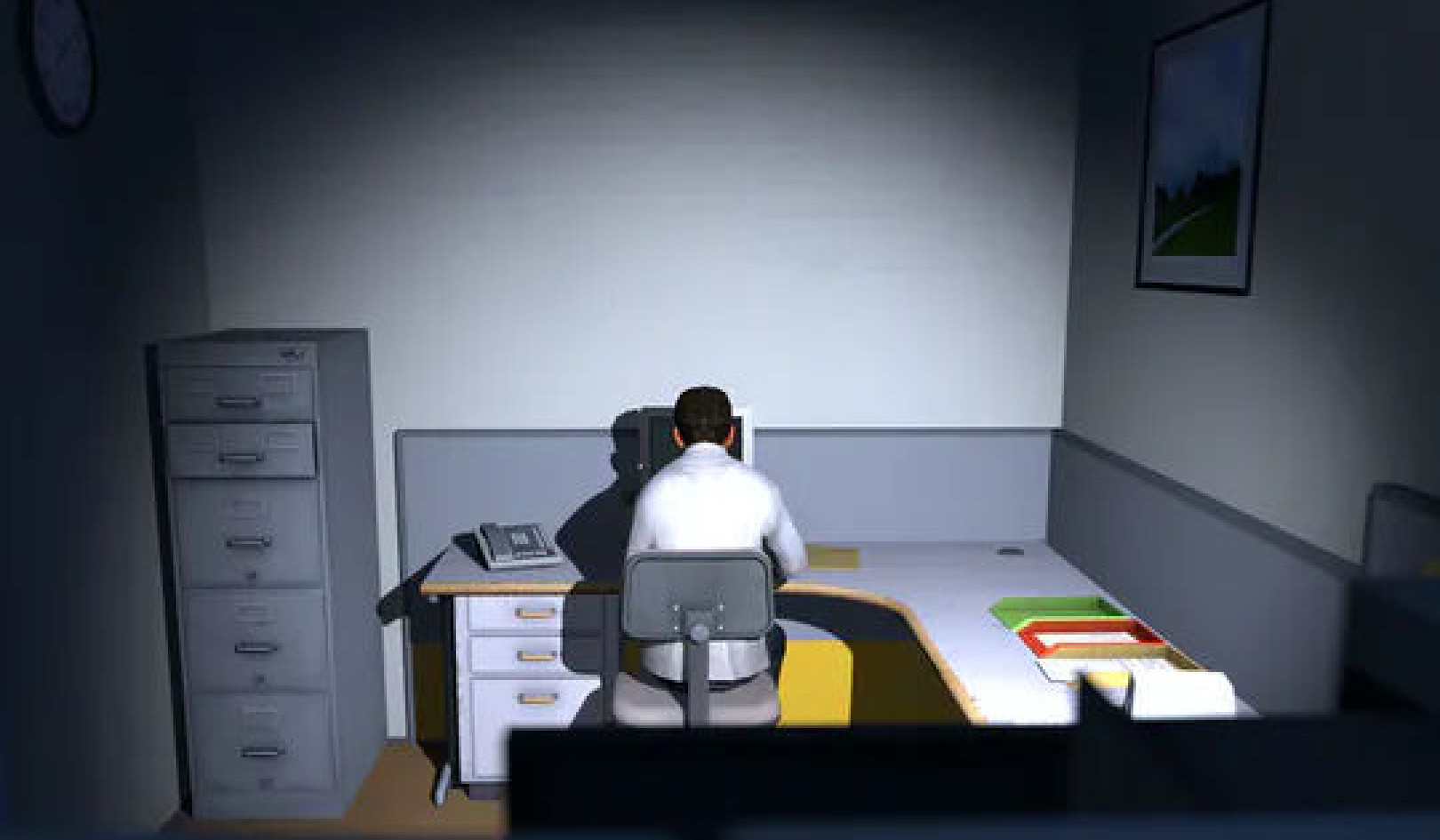
A blank canvas. An empty music score. A newly opened Word document or electric circuit simulation. Trying to harness creativity at will haunts artists, scientists, technologists, and even bureaucrats.
How can we open our minds and wander into new, innovative territory?
Research shows that we're more equipped to let our creative juices flow as children than as adults. An examination of the way our brains function explains why the creativity quotient declines as we age: Think of the way that water erodes rock to form a channel that eventually carves a deep canyon. In the same way, when a neuron in our brain receives a signal, it's tuned to process that signal and pass the result into channels that it recognizes.
Our thought process relies on pattern recognition, categorization and prediction, and, like water flowing into streams and tributaries, tends to search for pathways where it has flowed in the past. What starts out as a trickle eventually forms a rut -- an efficient rut, to be sure -- but one that makes us set in our ways and can limit our creativity.
Once the canyons of our thought processes form, how can we scale the rock walls to look across the horizon for new ideas and better ways?
To rekindle that sense of childish exploration we once had before our sensory processes formed their restricting ruts, start by recognizing these five facets of the brain's innovative engine.
1. Cultivate a resilience to failure.
In order to tap into creative expression, try to strike out onto unfamiliar territory. Put yourself in new situations where you have to struggle to understand or find solid ground. Consider taking up a musical instrument, joining a new community or embarking on a new career.
Balance the stress of facing new challenges with the confidence that you can succeed. Get to the edge of your seat -- not falling off or kicking back, but fully engaged. The stress of possible failure plus the confidence that you have a good chance puts you in the zone, a state of concentration that optimizes your ability to focus without constraining your ability to defocus. This is where you excite new pathways in your brain and create new networks to accommodate new perceptions.
When you fail, instead of incriminating yourself, understand that failures occur because something doesn't work the way we expect, but our expectations can adapt. Take what works forward in the direction that the failure points and make failures a step toward success.
2. Learn to recognize your prejudices.
When you face a challenge, your brain first seeks solutions that have worked in the past. It also suppresses angles on the problem that, for whatever reason, you're prejudiced against; approaches that haven't worked for you or that someone you don't respect has used.
This "idea prejudice" comes in the form of pre-judgment. Every thought that you discard because it doesn't immediately match a pattern that you're comfortable with could have led to something great.
Suppression of ideas is the antithesis of creativity. Since most of these ideas are suppressed before you're ever conscious of them, it takes extra work to open up and listen.
3. Silence your tendency to predict results.
When encountering new situations, instead of predicting how they'll turn out, try to approach them with childlike inquisitiveness.
Expose yourself to new types of people, ideas or challenges and give yourself room to take it all in before forming an opinion. Innovations emerge from new perspectives.
4. Move out of your comfort zone.
Once we achieve a level of expertise within a field, we tend to relax into a comfort zone. When a challenge or desire pulls you outside that zone, you're more likely to innovate. Variations from typical behavior can generate surprising new ideas.
Expand your creativity by entertaining wild, unconventional thoughts -- as though you let the fool in your court put forth outlandish ideas.
5. Recognize those eureka! moments.
Creativity often feels as though it blossoms out of nowhere. Awesome ideas make sudden appearances when you're in the shower or on a walk or staring at a sunset, but only occasionally when you're at your desk or easel, in your lab or studio. Creativity emerges from the balance of intense focus on the challenge at hand and relaxed defocus.
Let your ideas flow -- even if they end up unworkable or off target. Don't disregard that instant when awareness of something out of the ordinary boils up that could be key to a whole new discovery. Absurd ideas in one context may turn out to be pure genius in another.
Book by this author
 The Left Brain Speaks, the Right Brain Laughs
The Left Brain Speaks, the Right Brain Laughs
by Ransom Stephens, PhD.
Click here for more info and/or to order this book.
About the Author
 RANSOM STEPHENS, PH.D., physicist, science writer, and novelist, has written hundreds of articles on subjects ranging from neuroscience to quantum physics to parenting teenagers. His new book, The Left Brain Speaks The Right Brain Laughs (Viva Editions, 2016), is an accurate irreverent look at neuroscience for a lay-audience with emphasis on innovation in art, science, and life. Stephens has given thousands of speeches across the US, Europe, and Asia and has developed a reputation for making complex topics accessible and funny. For more information, visit www.ransomstephens.com.
RANSOM STEPHENS, PH.D., physicist, science writer, and novelist, has written hundreds of articles on subjects ranging from neuroscience to quantum physics to parenting teenagers. His new book, The Left Brain Speaks The Right Brain Laughs (Viva Editions, 2016), is an accurate irreverent look at neuroscience for a lay-audience with emphasis on innovation in art, science, and life. Stephens has given thousands of speeches across the US, Europe, and Asia and has developed a reputation for making complex topics accessible and funny. For more information, visit www.ransomstephens.com.























